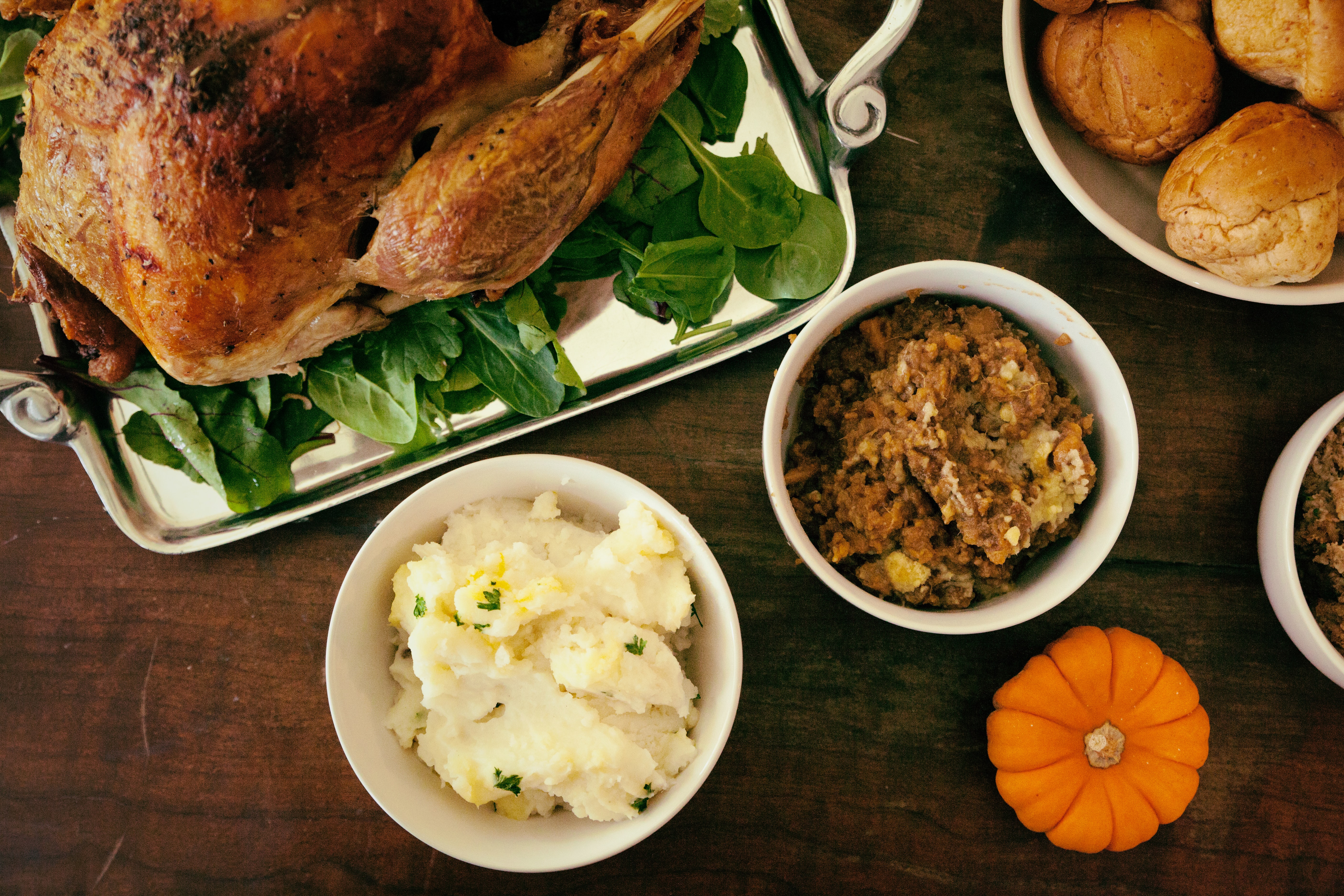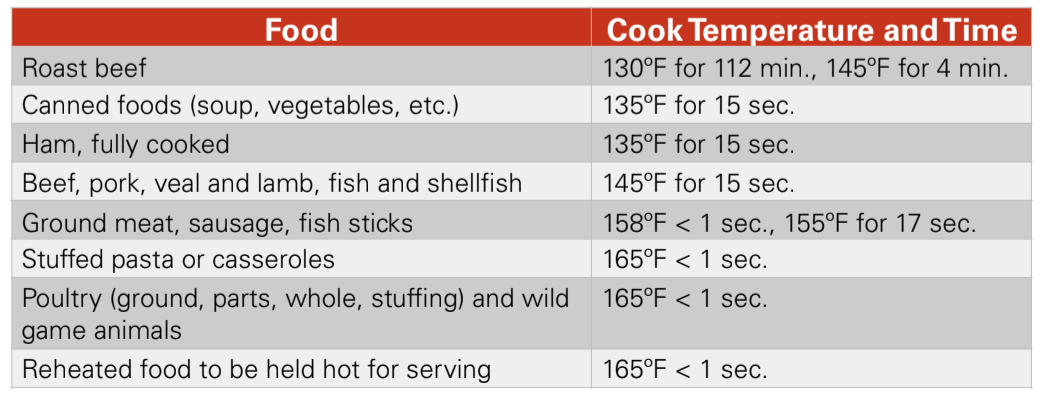Food Safety Basics for the Holidays
go.ncsu.edu/readext?749867
en Español / em Português
El inglés es el idioma de control de esta página. En la medida en que haya algún conflicto entre la traducción al inglés y la traducción, el inglés prevalece.
Al hacer clic en el enlace de traducción se activa un servicio de traducción gratuito para convertir la página al español. Al igual que con cualquier traducción por Internet, la conversión no es sensible al contexto y puede que no traduzca el texto en su significado original. NC State Extension no garantiza la exactitud del texto traducido. Por favor, tenga en cuenta que algunas aplicaciones y/o servicios pueden no funcionar como se espera cuando se traducen.
Português
Inglês é o idioma de controle desta página. Na medida que haja algum conflito entre o texto original em Inglês e a tradução, o Inglês prevalece.
Ao clicar no link de tradução, um serviço gratuito de tradução será ativado para converter a página para o Português. Como em qualquer tradução pela internet, a conversão não é sensivel ao contexto e pode não ocorrer a tradução para o significado orginal. O serviço de Extensão da Carolina do Norte (NC State Extension) não garante a exatidão do texto traduzido. Por favor, observe que algumas funções ou serviços podem não funcionar como esperado após a tradução.
English
English is the controlling language of this page. To the extent there is any conflict between the English text and the translation, English controls.
Clicking on the translation link activates a free translation service to convert the page to Spanish. As with any Internet translation, the conversion is not context-sensitive and may not translate the text to its original meaning. NC State Extension does not guarantee the accuracy of the translated text. Please note that some applications and/or services may not function as expected when translated.
Collapse ▲ As we enter the holiday season many folks will prepare meals to feed more than just their own family. Feeding a crowd or simply cooking during the excitement, and sometimes chaos, of the holiday can raise the risk for foodborne illness. Risk can be managed by following a few simple steps. First, remember personal hygiene such as hand washing and wearing clean clothing. Avoid preparing food for others if you have been sick within the last 48 hours…in other words, don’t ‘gift’ the stomach bug to your loved ones! Start with a clean workspace. Be sure to wash and sanitize dishes, equipment, and surfaces following use.
As we enter the holiday season many folks will prepare meals to feed more than just their own family. Feeding a crowd or simply cooking during the excitement, and sometimes chaos, of the holiday can raise the risk for foodborne illness. Risk can be managed by following a few simple steps. First, remember personal hygiene such as hand washing and wearing clean clothing. Avoid preparing food for others if you have been sick within the last 48 hours…in other words, don’t ‘gift’ the stomach bug to your loved ones! Start with a clean workspace. Be sure to wash and sanitize dishes, equipment, and surfaces following use.
Best practice is to keep hot foods at 135°F or higher. Chafing dishes, warming trays or slow cookers are useful tools for this. Cold foods should be held at 41°F or lower. Store under refrigeration as long as possible then place on serving dishes in or on larger dishes filled with ice. The range between 41°F and 135°F is known as the temperature danger zone, the zone in which harmful bacteria can easily grow on perishable foods. Examples of perishable items are cooked vegetables, pasta, and rice; raw and cooked meats, poultry, and fish; cut melons, tomatoes, and leafy greens.
When it comes to saving leftovers, perishable items should be refrigerated as soon as possible. Food can often go forgotten for hours after a holiday meal. If perishable food has been left out at room temperature for over 4 hours or more it’s best to discard. However, properly stored leftovers can be safely consumed within 7 days.
Safe Cooking Temperatures
Finally, cook food safely using a food thermometer. For example, the only way to know if a turkey is fully cooked is to temp check with a food thermometer. Poultry must reach an internal temperature of 165°F. Cooking temperatures vary by food, a detailed list of cooking temperatures is below.
COVID-19 Considerations
Due to COVID-19, many are wondering how to share food with others during the holidays. If receiving or delivering food during the holidays there are a few simple steps that can be followed to prevent foodborne illness and the spread of SARS-CoV-2, the virus that causes COVID-19. If delivering food to others prepare using best practices for food safety, mark when food was prepared, and insulate the package while transporting. Be sure to coordinate the delivery of food for when someone is home and maintain physical distance. If you are receiving food this holiday refrigerate it as soon as possible and wash hands after handling food packaging. Leftovers can be consumed within 7 days if stored at 41°F or below. This information is based on the NC State Extension Safe Plates Program for Food Safety.
We sincerely hope that these tips will help you to have a happy and healthy holiday season!




